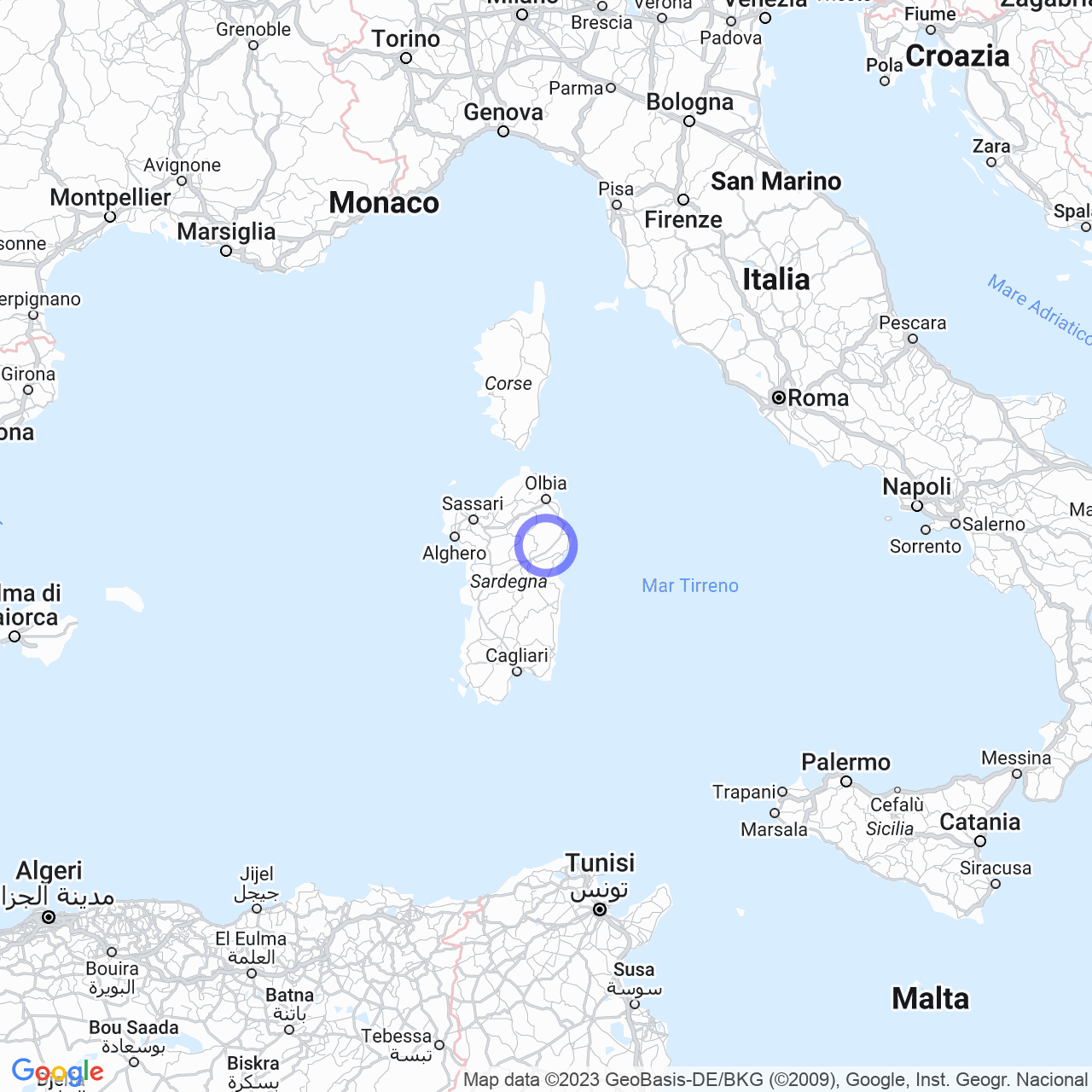Lula
Lula: a town of history, nature, and traditions
Lula is a small town in the province of Nuoro, situated 521 meters above sea level, that is part of the enchanting territory of the Baronie, along with other Montalbo municipalities such as Siniscola, Posada, Torpè, Lodè, Onanì, Osidda, Orune, and Bitti. But what makes this Sardinian town so special?
History
To discover, we cannot but start from its history, which dates back to Nuragic culture, also attested by the presence of some Nuragic villages in the area. The name Lula, traditionally traced back to a Latin name ('Julia') frequent for Roman settlements, according to some studies, would instead mean: 'Sacred to the God of the woods.' It was certainly inhabited by the Romans, as evidenced by the mines of "Argentaria," "Guzurra," and "Miniera di Sos Enattos," active until a decade ago. During the Middle Ages, Lula belonged to the Giudicato of Gallura and was part of the curatoria of Galtellì-Orosei, then passed to the overseas possessions of the Republic of Pisa and then, from 1324, under Aragonese rule. In 1438, it was incorporated into the barony of Orosei, then the marquisate of Albis, of which it shared the fate and history until the end of the feudal system in 1809.

Mines and Nature
Lula has a mining past, linked to the exploitation of the mines of Sos Enathos, S'Arghentaria, and Guzzurra, now included within the routes of the Geomineral historical and environmental Park of Sardinia. But this is not the only natural resource that the municipality can boast of: near Lula is Mount Albo, declared by the European Union a Site of Community Interest for its vast and characteristic biodiversity. It is possible to admire the presence of numerous animal and plant endemisms that testify to the importance and beauty of the nature of this territory.
Symbols
Like most Italian municipalities, Lula also has a coat of arms and a gonfalon that represent its symbols. They were granted by decree of the President of the Republic in 2002.
Society
Looking at society and demographic evolution, Lula's stable population is approximately 1256 inhabitants, with growth remaining stable for some years. In the municipality, there are also 18 foreign nationals, mostly belonging to the Romanian community.
Language and Traditions
And if the official language is Italian, next to it, we find the traditional Logudorese-Baroniese Sardinian language, which is part of Sardinian cultural heritage present in Lula. Among the local traditions, worth mentioning are "su ballu e sa vaglia," a kind of ritual to counteract the evil eye's power, and the mask of su Battileddu, the protagonist of Lula's carnival.
In conclusion, Lula is a town that offers many suggestions: between history, nature, and traditions, we are sure that the beauty of this place will strike the heart of anyone who visits it.
